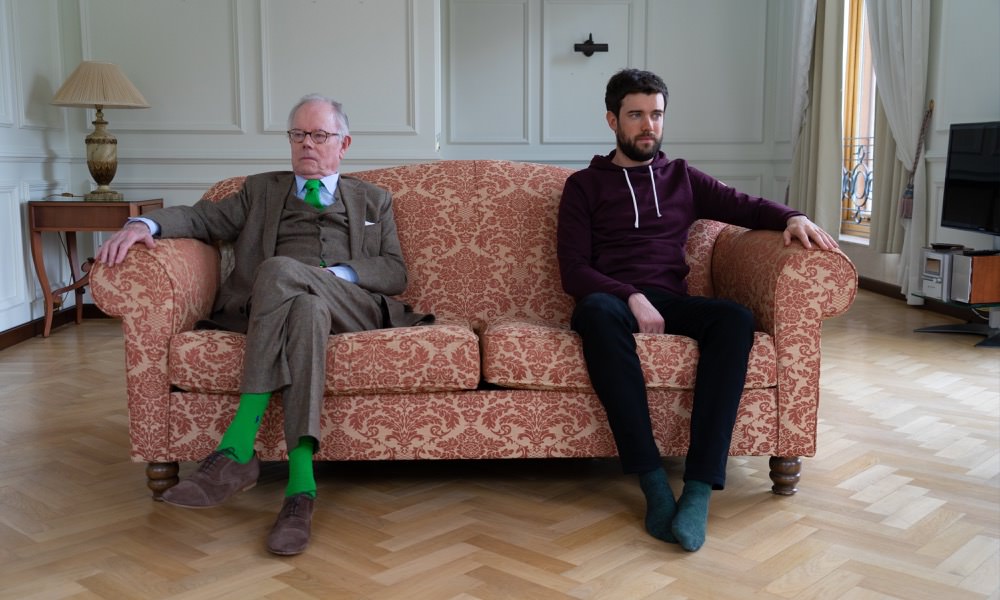Intergenerational living is hard… and perhaps Intergenerational Coaching is harder still. If we live in different worlds how can we communicate in today’s digital environment? Making things trickier still, there are marked differences between the generations. Baby Boomers are different from Gen Xers. Millennials are different from Gen Xers. And then the new kids on the block, Generation Z are different from them all. Economist Noreena Hetz calls this cohort Generation K, says Hertz: ‘ I call them Generation K, after Katniss Everdeen, the determined heroine of the Hunger Games. Like Katniss, they feel the world they inhabit is one of perpetual struggle – dystopian, unequal and harsh’. Hetz’s insights into this generation come from her study of 2000 American and British Teenagers (conducted in 2015). Her studies show that Generation K is more anxious than those who have gone before, less conformist, more willing to stand out and be unique, and more passionate about the inequalities in the world. Gen K has been profoundly shaped by the ubiquity and availability of technology and by the global downturn in the economy and the ever-present threats both natural and human-induced.

Meet Generation K
Generations are formed by the collective cultural experiences they face during their formative years. Generation K has grown up in the wake of Lehman’s collapse, the Credit Crunch and the age of austerity. Their coming of age has happened in the shadow of growing evidence for Climate Change; economic decline in the West and huge job insecurity, partly down to the new world of the Gig-Economy. There’s massive social inequality and a general feeling of cultural pessimism.
Katniss is the perfect role model for this generation – smart, strong, sassy, self-reliant, self-sacrificing, yet vulnerable and compassionate:

Digital’s infinite choice means stories must be extra-powerful to grab attention
Generation K or Gen Zers have been born in a tech-enabled world where they can get immediate answers, but they also have infinite choices. And dealing with so much choice is tougher than you might think.
The sheer amount of choice we face these days means Xers, Yers, Zers are increasingly ignoring channels and sources that do not grab their attention, and that do not give them what they want NOW. This issue is addressed by an Australian researcher, Ashley Fell, Head of Communications at McCrindle, an Australian social research agency in her TEDx talk ‘Why storytelling is so powerful in the digital era’.
Her message is clear: if you want to capture the attention of Gen Zers and Gen Ys start doing things visually, and tell stories that engage people. Ashley suggested that words go into our short-term memory and get forgotten quickly, but visuals go into our long-term memory and get retained more easily. If we want to grab the attention of people who have too much to think about, we should shift our focus to pictures, not numbers or words, because what we see is retained in our long-term memory, something scientists call the Picture Superiority Effect.

In fact, Ashley says that the combination of great visuals with great stories is the most powerful way to command attention. She’s probably right – look how many millions of us happily engage with a good TV drama or a YouTube video. But she also says stories have to have four clear intents – what she calls the four-Is of visual storytelling. These are:

Would you like to improve how you communicate your story? Come to us and we’ll immerse ourselves in your world and help you become 4-I adept.
About us
We are a team of highly experienced executive coaches, focused on developing leaders working in high-stakes environments across diverse sectors. We create space for leaders to step back, think clearly, and navigate complexity with confidence and renewed purpose. Our narrative-based approach blends deep listening, incisive questioning and rigorous thinking with a strong commercial focus.
“Our Knowledge Centre is designed to resource leadership practice and development. The articles we share on this site are intended to spark fresh thinking, offer practical tools, and support continuous professional growth.”
Jude Elliman
Founder
Our approach
We work with leaders to build their leadership brand and impact. Our approach includes:
✔ Challenge and support: creating time and space for rigorous thinking and problem-solving
✔ Narrative coaching: defining and refining the stories that shape leaders and organisations
✔ Commercial focus: cutting through complexity for strategies that inspire change and drive results
We help leaders make crucial decisions, align teams for greater effectiveness, and envision new possibilities for the future.
